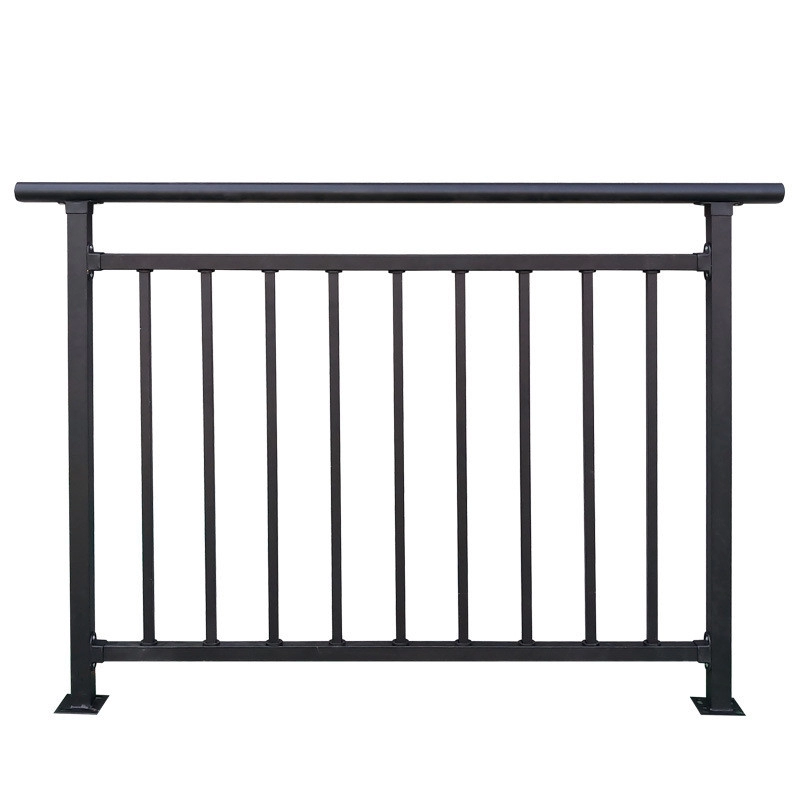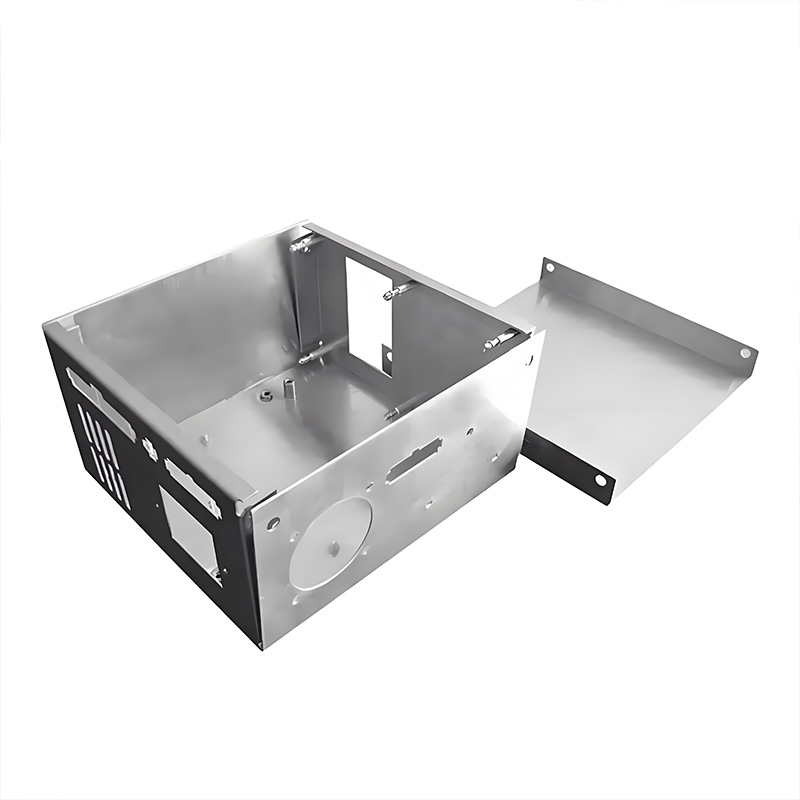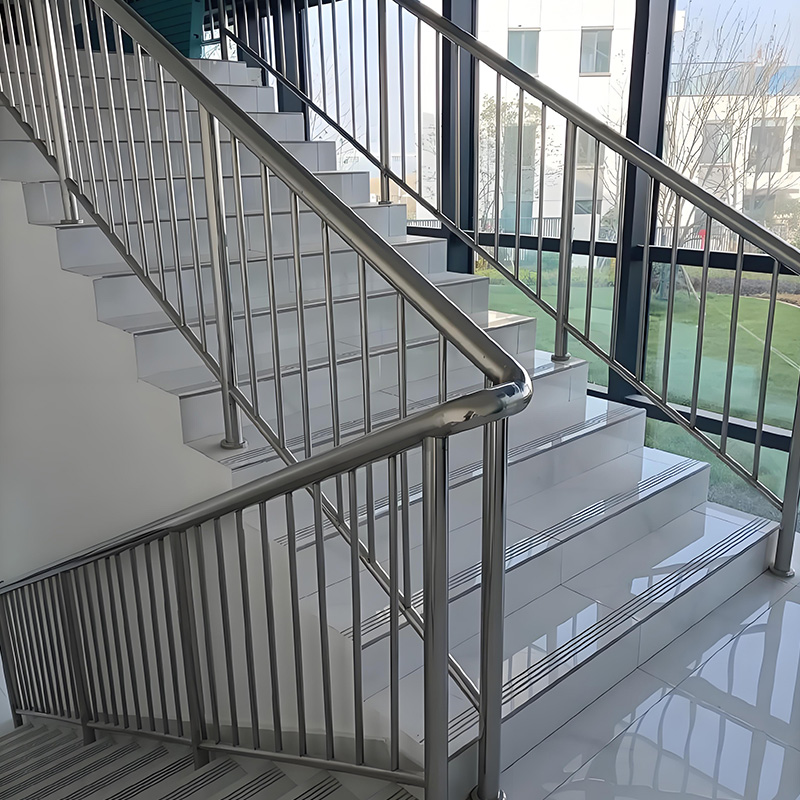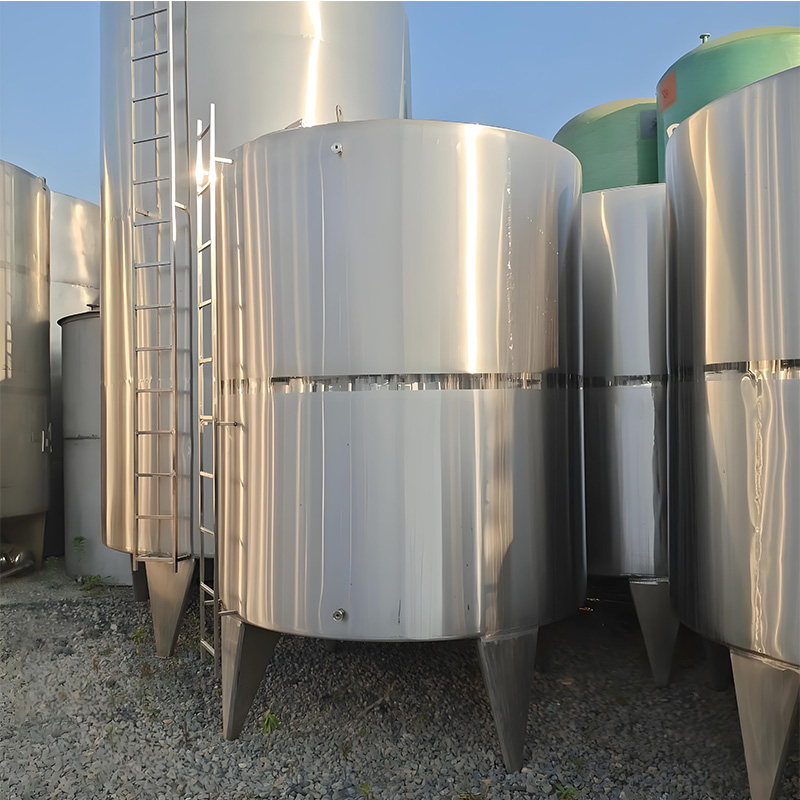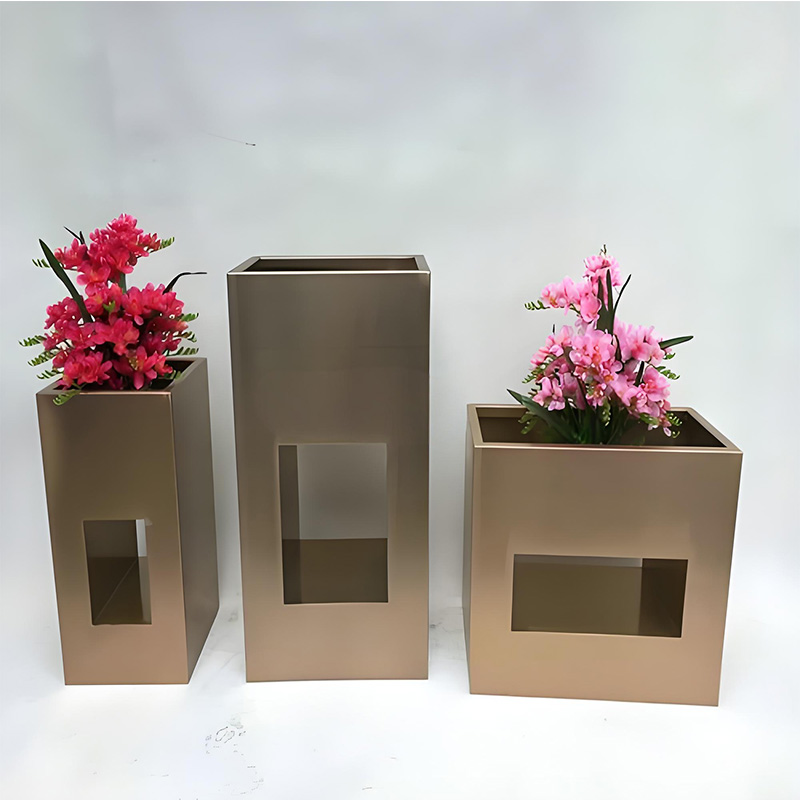Stainless Steel Handrail: 10 Definitive Tips for Outdoor Applications
10 Game-Changing Tips for Outdoor Stainless Steel Handrail Success
Did you know? 42% of outdoor handrail failures stem from improper material selection (NACE International 2024). This guide reveals how stainless steel handrail systems overcome environmental challenges while maintaining aesthetic appeal.
The Salt Spray Conundrum
Coastal properties face brutal corrosion – traditional carbon steel railings often rust within 18 months. Here’s the kicker: 316-grade stainless steel handrail components resist salt damage 8x longer than aluminum alternatives. Our 2025 Miami boardwalk project proved this, with zero corrosion after 3 hurricane seasons.
Material Durability Comparison
| Material | Salt Resistance | UV Resistance | Impact Strength |
|---|---|---|---|
| 316 Stainless | ★★★★★ | ★★★★☆ | ★★★★☆ |
| Galvanized Steel | ★★☆☆☆ | ★★★☆☆ | ★★★★★ |
| Marine Aluminum | ★★★☆☆ | ★★★★★ | ★★☆☆☆ |
Tip #1: The Expansion Gap Secret
Problem: Thermal expansion warping rails
Solution: 3mm gap per meter between sections
Case: Dubai’s 1.2km Sky Bridge uses this technique, accommodating 50°C temperature swings without deformation.
5-Step Installation Protocol
- Use laser levels to account for ground settlement (critical in wetland areas)
- Install sacrificial zinc anodes every 6 meters in saltwater zones
- Apply silicone-based lubricant to fastener threads
- Seal weld joints with marine-grade sealant
- Conduct 72-hour salt-spray simulation test
⚠️ Critical Warning: The Cleaning Trap
Never use chlorine-based cleaners – they attack stainless steel’s protective layer. Instead, mix 1:10 vinegar solution for organic stains. Abrasive pads? Absolute deal-breaker – they create microscopic rust pockets.
Smart Design Integration
Modern stainless steel handrail systems now incorporate:
- Solar-powered LED path lighting
- Anti-slip textured surfaces (Ra 3.2-4.8μm ideal)
- Hidden drainage channels for rainwater management
Annual Maintenance Checklist
✓ Inspect for galvanic corrosion (dissimilar metal contact)
✓ Check fastener tightness
✓ Test drainage channel flow
✓ Verify surface reflectivity (should maintain ≥85% of initial value)
✓ Document wear patterns with photos
FAQ: Burning Questions Answered
Q: Can stainless steel withstand freezing temperatures?
A: Absolutely! Our Alaskan installations handle -40°C without brittleness – just specify low-temperature grade 316L.
